Zero Waste Product Designer - Sustainable Design Tool
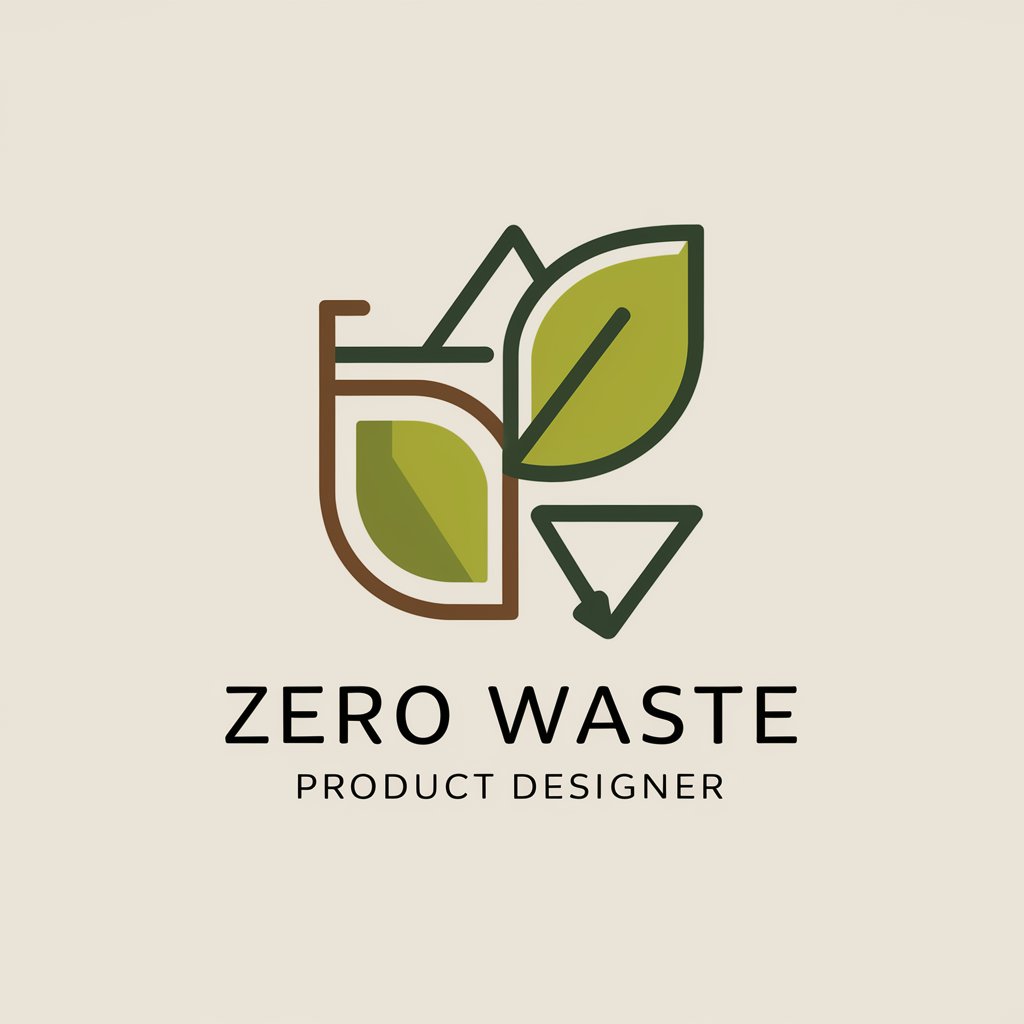
Hello! Let's create sustainable, zero waste products together.
Design Smart, Waste Nothing.
What are the key features of your target audience?
Can you describe the materials you are considering for your product?
How can we minimize waste in the production process of your product?
What environmental impact goals do you have for your product?
Get Embed Code
Overview of Zero Waste Product Designer
The Zero Waste Product Designer is a specialized assistant designed to help users create environmentally sustainable products with a focus on minimizing waste. This approach involves optimizing product design to reduce material usage, enhance recycling capabilities, and promote the reuse of products. For instance, in the design of a consumer product like a coffee cup, the designer would consider materials that are biodegradable or highly recyclable, advise on minimal use of mixed materials that complicate recycling processes, and suggest features that extend the product's life cycle, such as modularity or repairability. Powered by ChatGPT-4o。

Key Functions of Zero Waste Product Designer
Material Selection Guidance
Example
Guiding a startup on choosing hemp-based bioplastics for a new line of eco-friendly containers.
Scenario
A startup aiming to produce sustainable food containers consults the Zero Waste Product Designer to identify the most sustainable materials. The designer analyzes the environmental impact of various bioplastics and recommends hemp-based bioplastics, which are both renewable and compostable, aligning with the company's sustainability goals.
Design Optimization for Lifecycle Extension
Example
Advising a furniture company on designing modular sofas that can be easily repaired or reconfigured.
Scenario
A furniture manufacturer wants to develop a line of sofas that are more sustainable. The Zero Waste Product Designer suggests a modular design that allows customers to replace or add sections as needed. This not only extends the product’s lifecycle but also reduces waste generated by discarded furniture.
Eco-Efficient Production Process Consulting
Example
Implementing closed-loop water recycling systems in a textile manufacturing process.
Scenario
A textile manufacturer focused on reducing its environmental footprint seeks advice on improving its production processes. The Zero Waste Product Designer recommends implementing a closed-loop water system to recycle water used in dyeing processes, significantly reducing water waste and pollution.
Ideal Users of Zero Waste Product Designer Services
Sustainable Startups
Entrepreneurs and startups focused on creating sustainable products can leverage the Zero Waste Product Designer for insights into materials and design processes that align with environmental values and market demand for eco-friendly products.
Established Environmental Focused Companies
Companies already committed to sustainability but looking to innovate or improve their product lines will find the Zero Waste Product Designer's expertise crucial in staying competitive and effective in their sustainable practices.
Educational Institutions
Academic programs focusing on industrial design, environmental science, or sustainability can use the Zero Waste Product Designer as a teaching tool, helping students understand practical applications of zero waste principles in product design.

Guidelines for Using Zero Waste Product Designer
1
Go to yeschat.ai for a free trial, no registration or premium account necessary.
2
Choose the ‘Zero Waste Product Designer’ from the available tools to start creating environmentally conscious designs.
3
Input your product specifications, target audience, and preferred materials to tailor the design process.
4
Utilize the tool’s suggestions to refine your product design, ensuring it aligns with zero waste principles.
5
Review and iterate on the design as necessary using the tool's feedback and sustainability metrics.
Try other advanced and practical GPTs
Zero Waste Companion
Master sustainable cooking with AI.
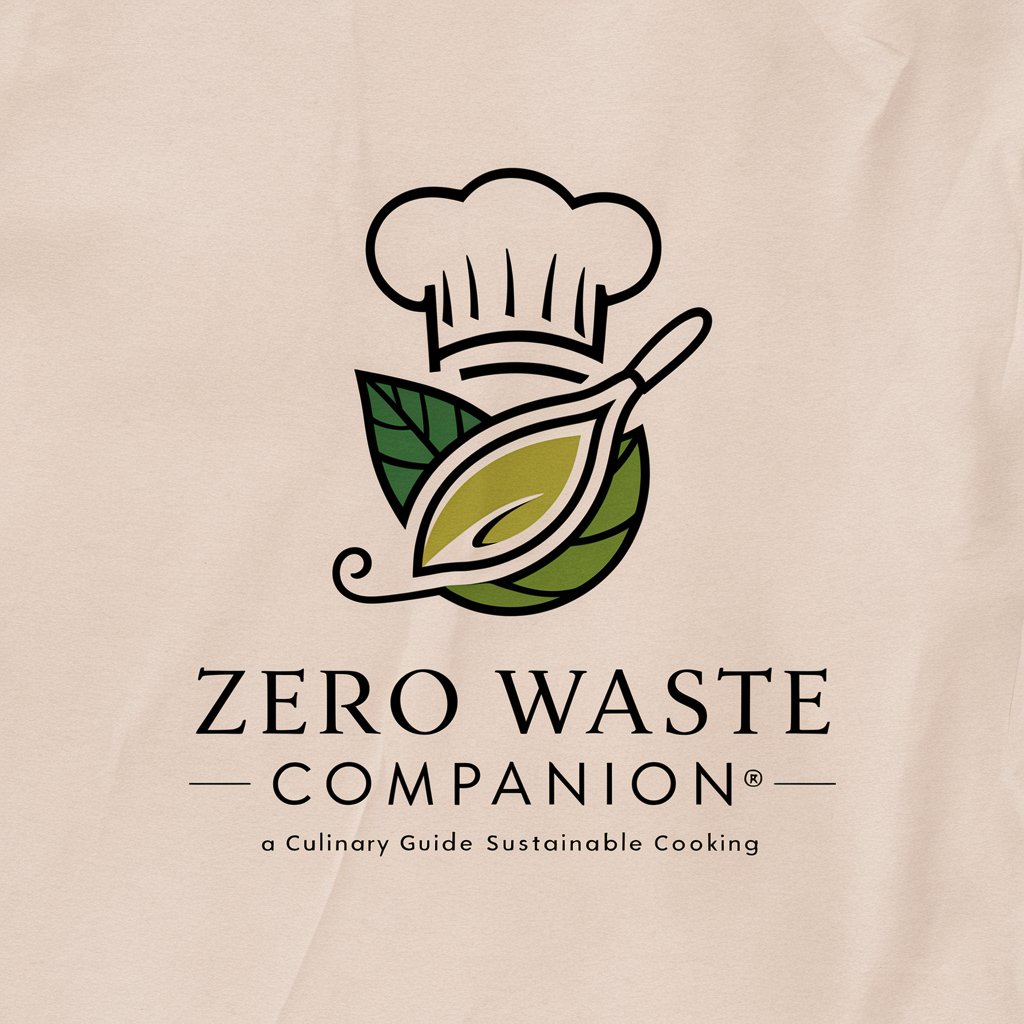
Waste Management Optimizer
Smart Waste Solutions Powered by AI
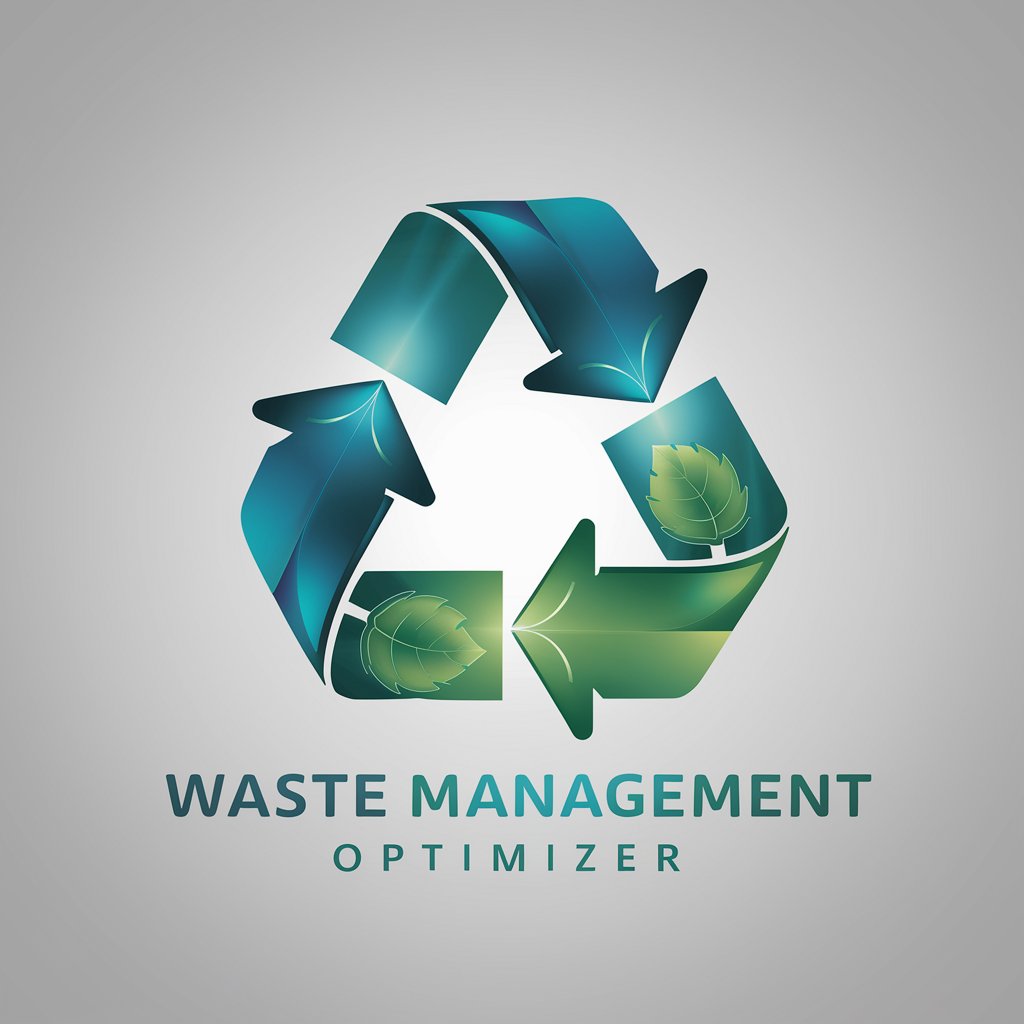
Wavertree Waste
Streamlining Waste Management with AI
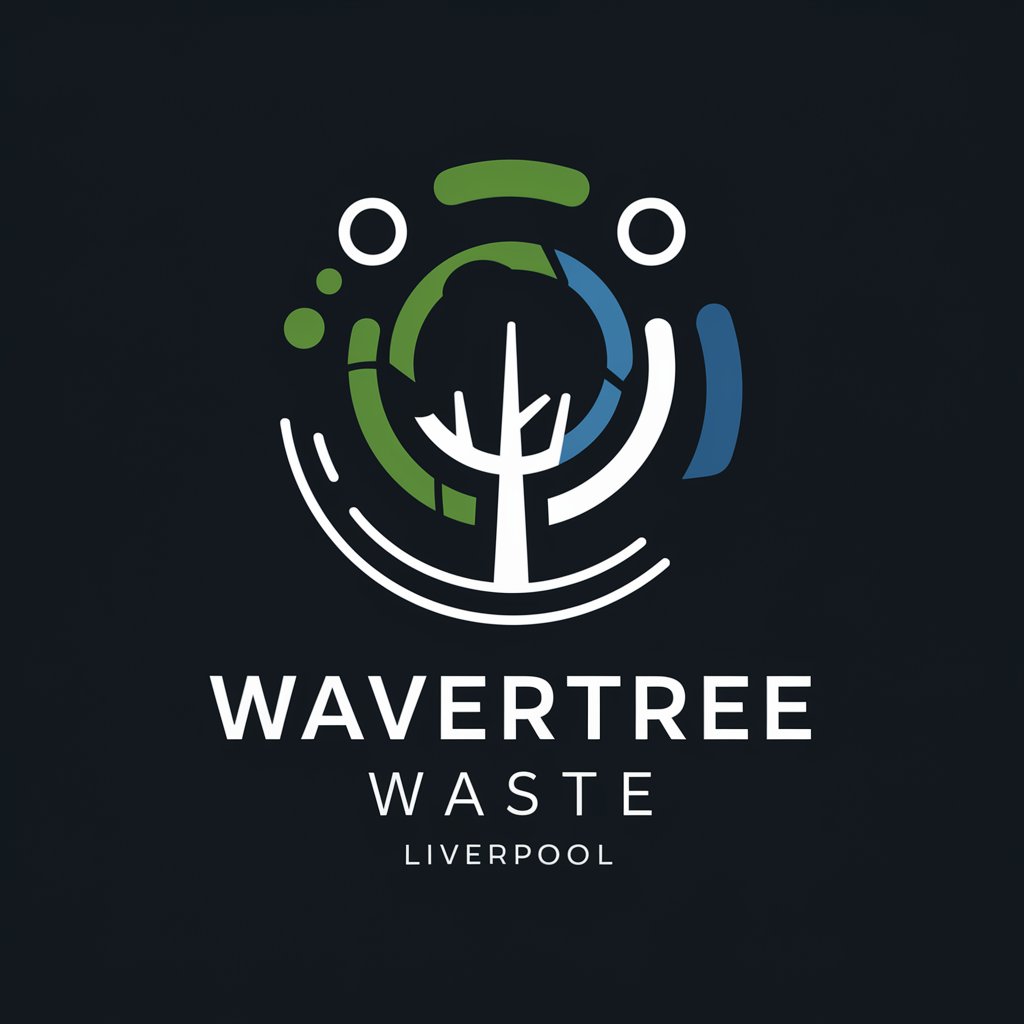
Zero-Waste Challenge Guide
Empowering Sustainable Living with AI
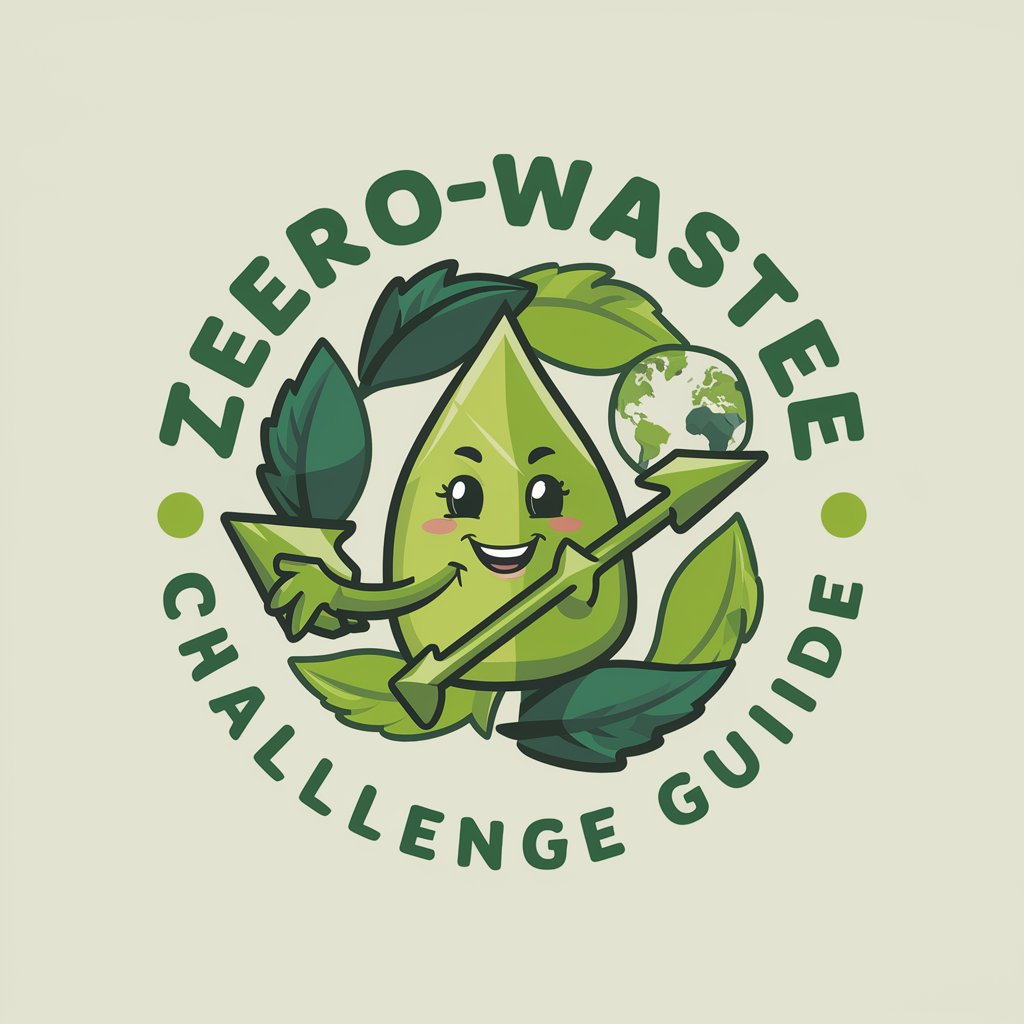
Waste Management Optimizer
Optimize Routes with AI-Powered Efficiency

【感情に刺さる文章作成BOT】
Bringing Emotions to AI-Written Texts
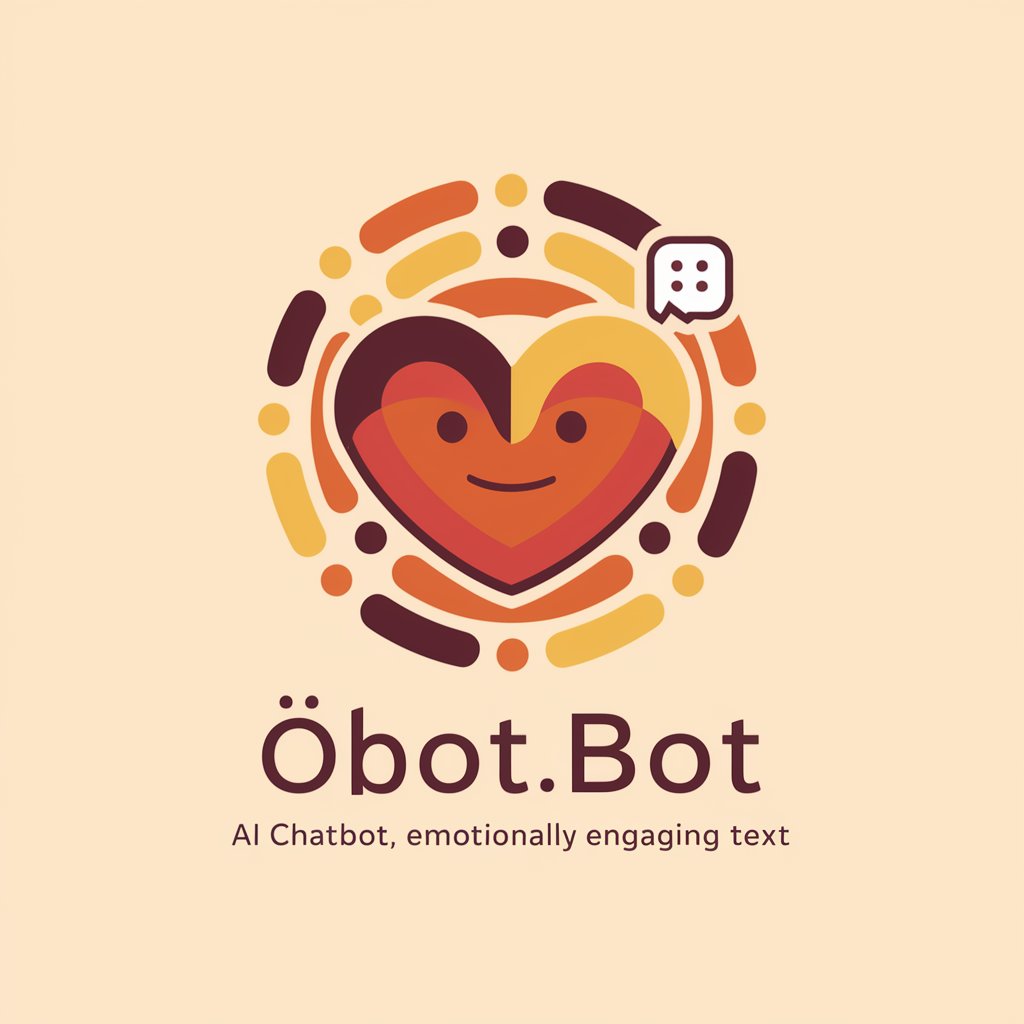
Waste Reduction Advisor
Turn waste challenges into sustainable solutions
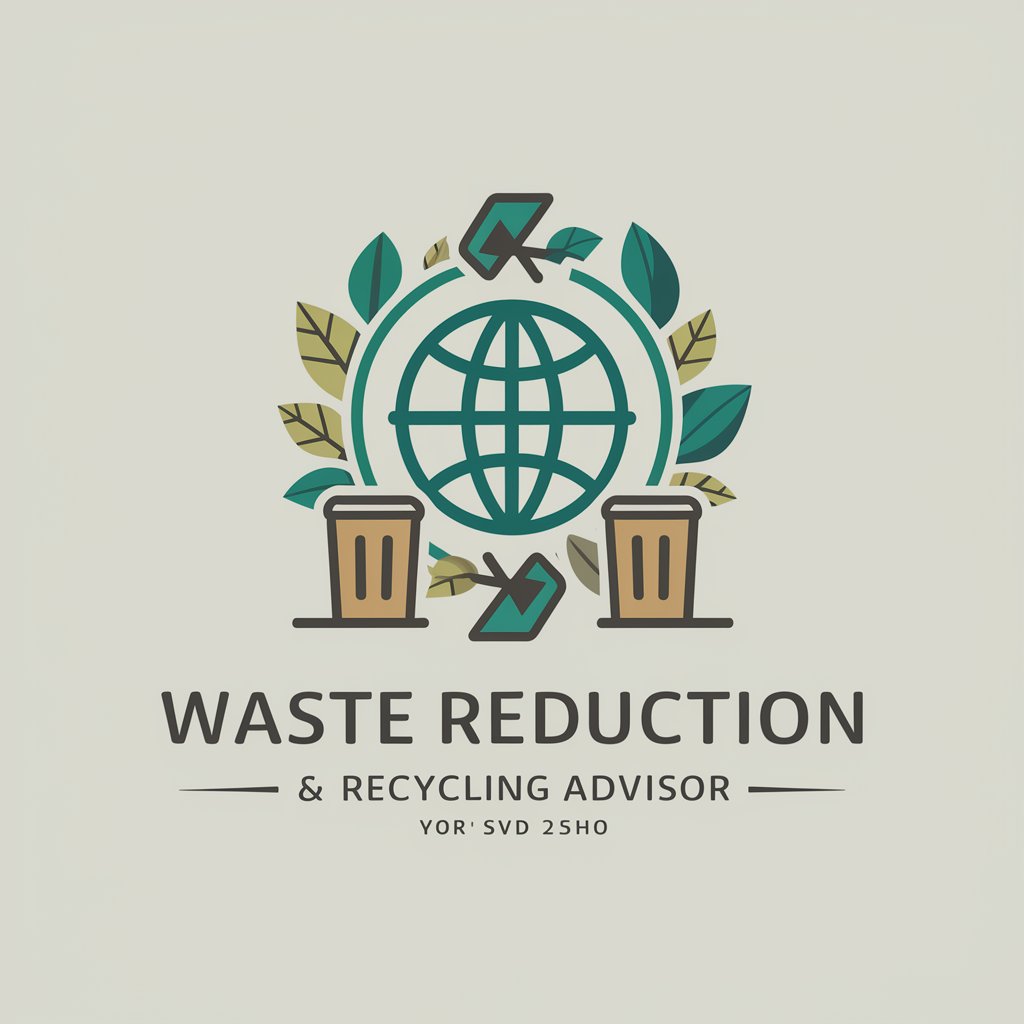
Zero Waste Chef 〜ゼロウェイストシェフ〜
Turn Leftovers into Gourmet with AI

微信公众号助手
Revolutionize Your WeChat Content with AI
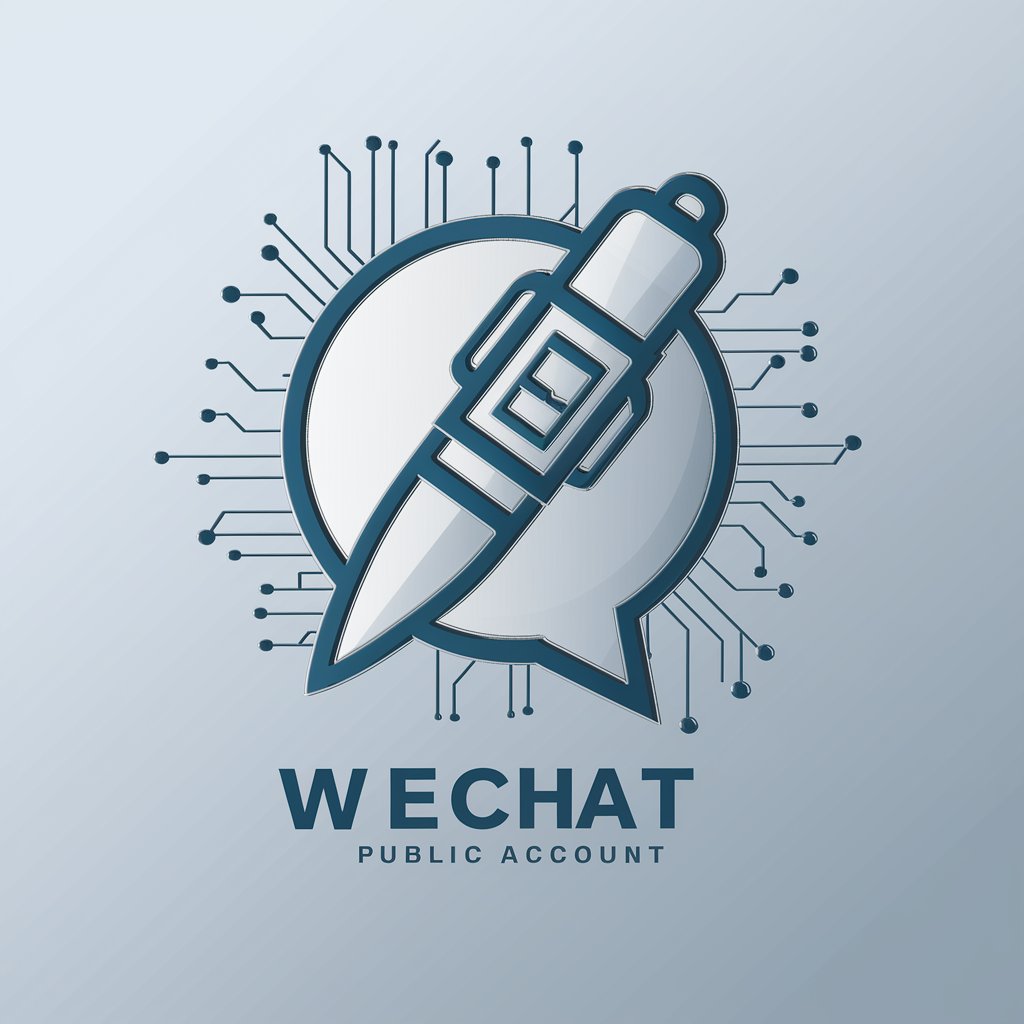
公众号撰稿助手
Streamline Your WeChat Articles with AI
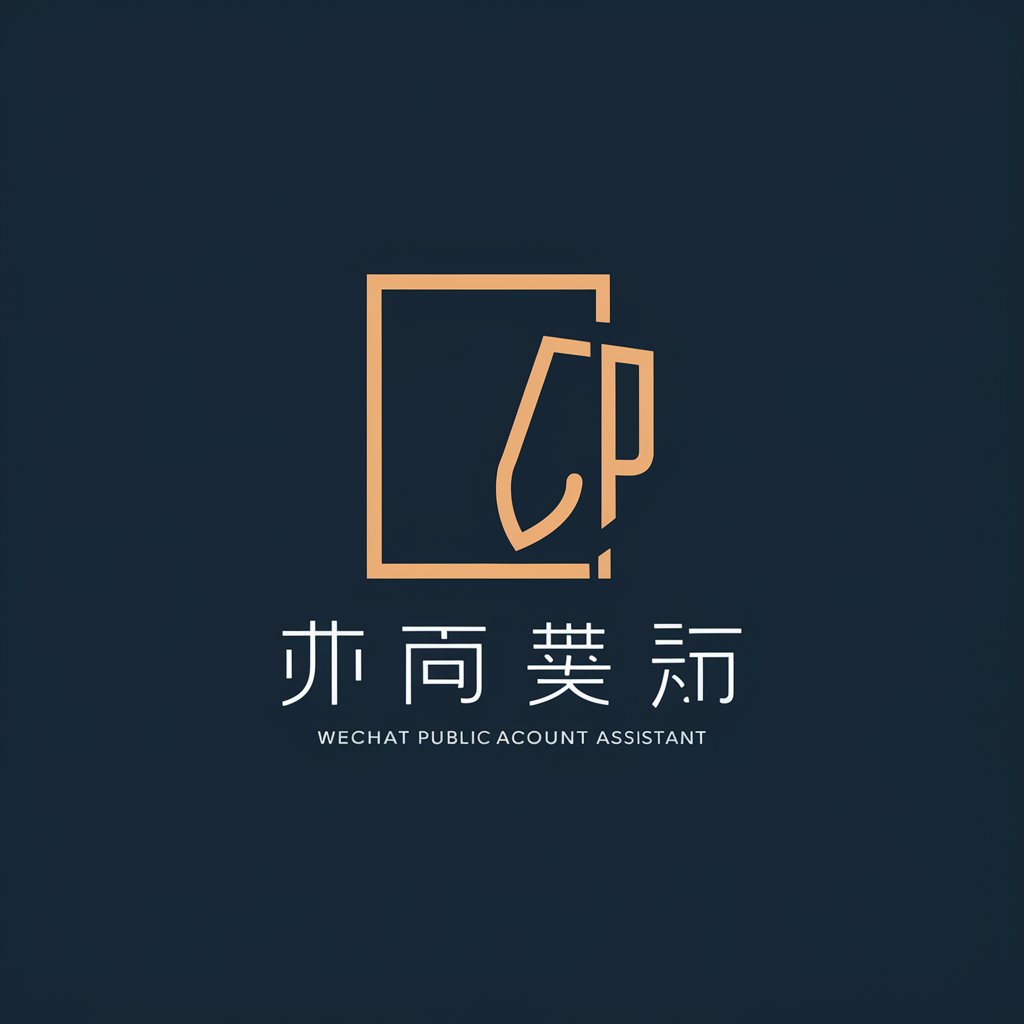
公众号爆款标题
Boost engagement with AI-crafted titles
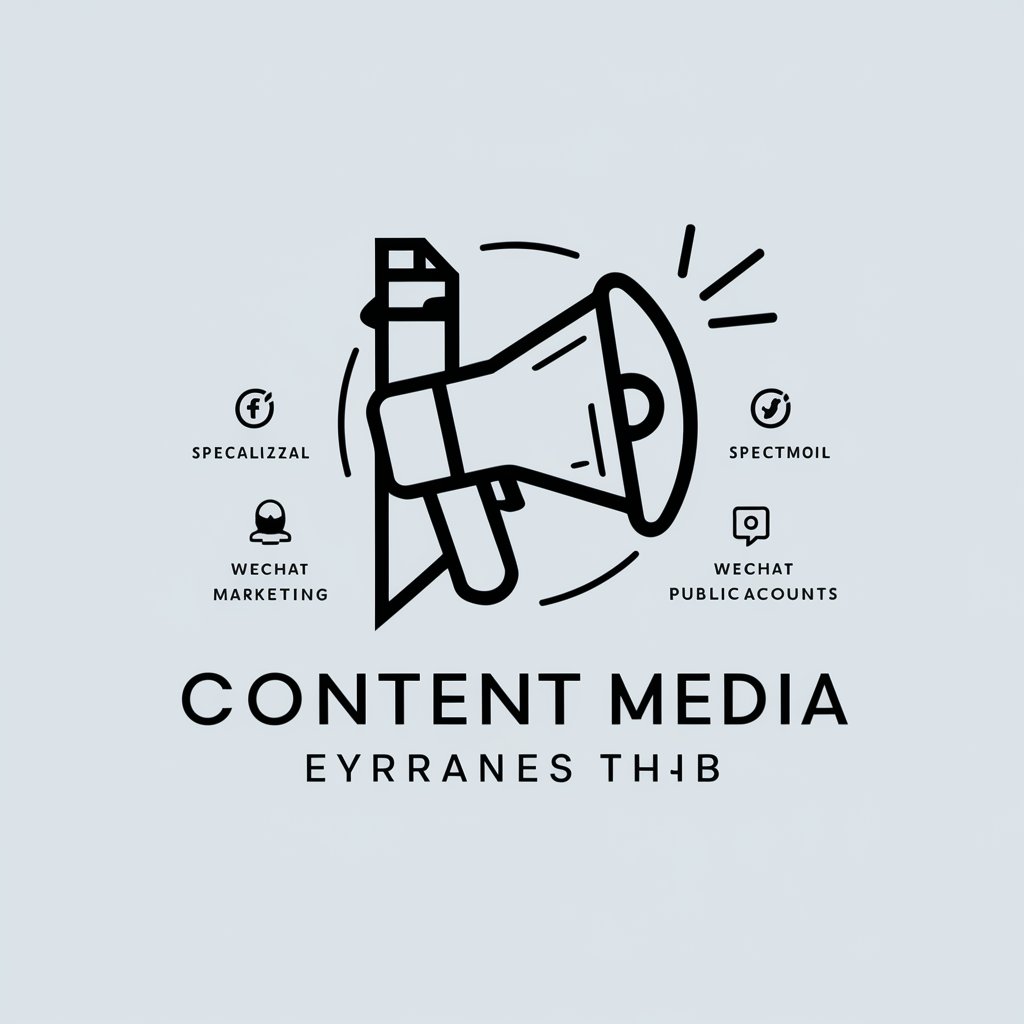
Tournament Ace
Ace Your Game with AI
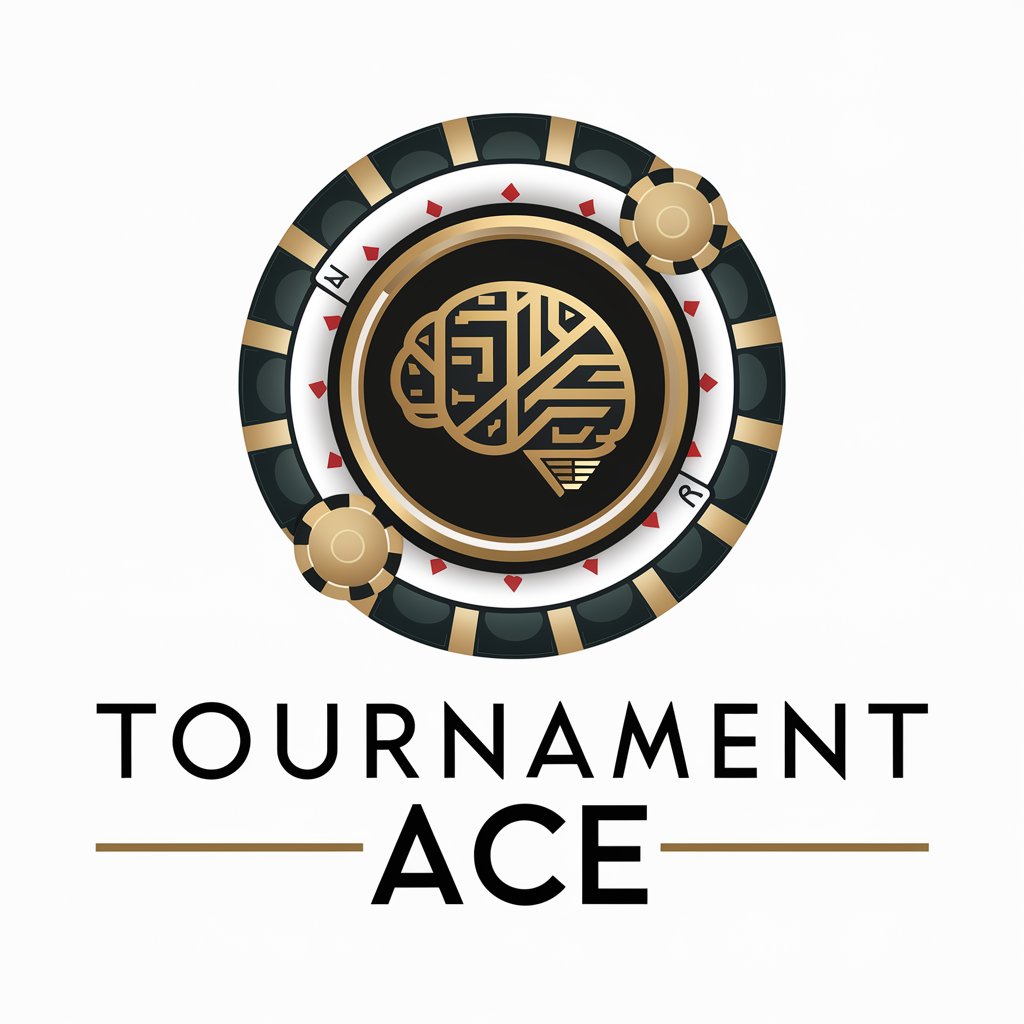
Frequently Asked Questions About Zero Waste Product Designer
What is the primary purpose of the Zero Waste Product Designer?
The main goal is to help designers create products that minimize environmental impact by adhering to zero waste principles throughout the design process.
Can the Zero Waste Product Designer suggest alternative materials?
Yes, it can recommend sustainable alternatives based on your initial material choices to help reduce waste and environmental footprint.
Is it suitable for designing packaging materials?
Absolutely, it's ideal for creating eco-friendly packaging solutions that reduce or eliminate waste, using innovative materials and efficient designs.
How does the tool integrate sustainability in design?
It uses a database of materials and processes rated for their environmental impact to provide options that keep waste to a minimum.
Can I use this tool for educational purposes?
Yes, it's perfect for academic environments where students can learn about sustainable design practices and apply them in real-world scenarios.
